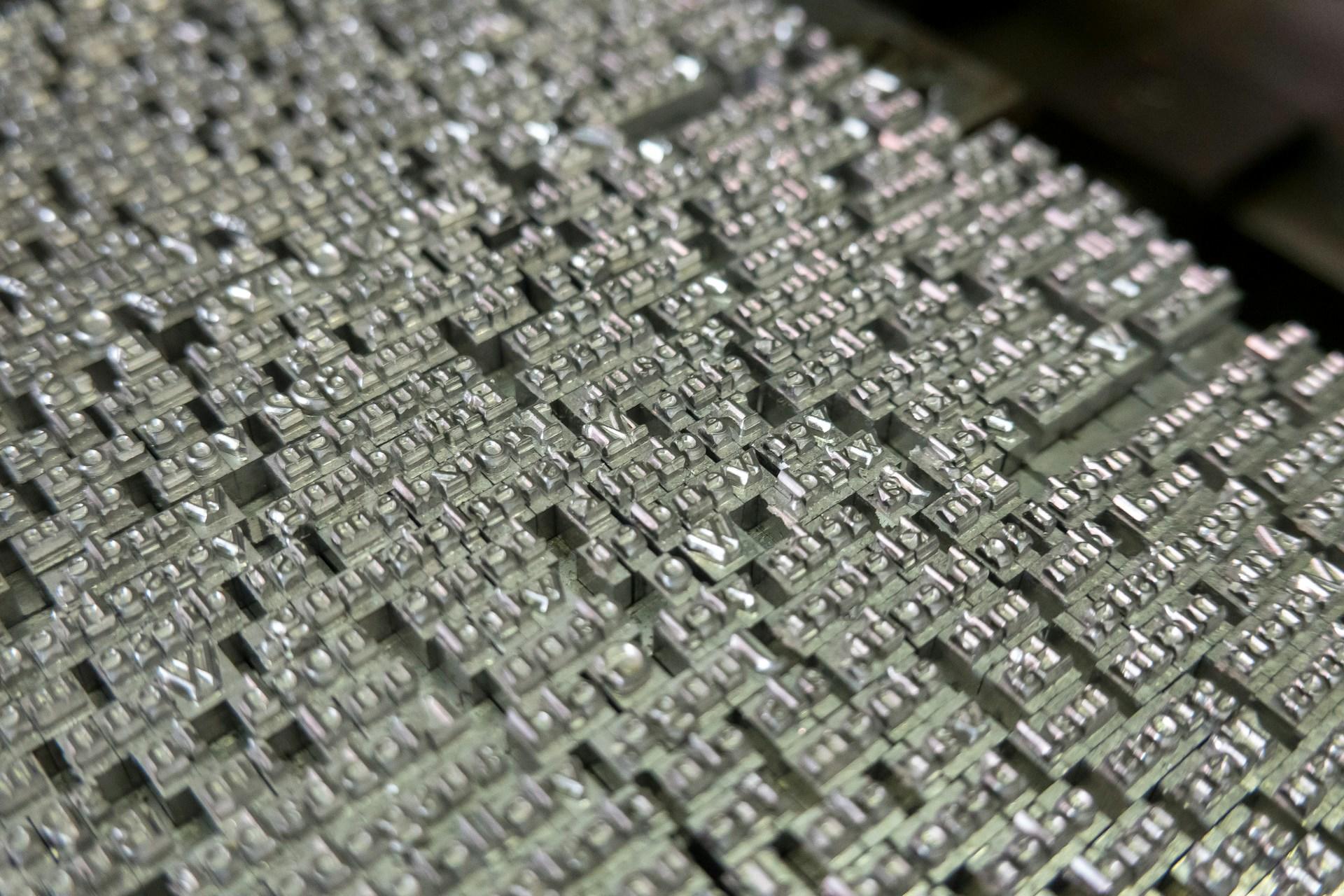American poet and critic, Ezra Pound once said, " Great literature is simply language charged with meaning to the utmost degree."
Without a variety of language and literary devices, a good story can fall flat. In The Merchant of Venice by William Shakespeare, readers are drawn into the narrative from beginning to end due to its beautiful and varied language.
In this article, we will review the following language and literary devices used in this play:
- Repetition and rhyming
- Irony and humour
- Symbolism
- Simile and metaphor

Repetition and Rhyming
Both repetition and rhyming play significant roles in creating emphasis, rhythm and musicality during the reading process.
Shakespeare uses the repetition of certain phrases to convey the emotions of the character and also help the audience to immerse themselves in the play — especially during important scenes.
For instance, it is reflected through Shylock's extended and emotional reply on the reason why he insists on taking a pound of Antonio's flesh.
These repeated phrases continuously highlight an embedded meaning — the Jews and Christians are no different from each other.
When it comes to rhyming, it is usually seen in dramatic or romantic scenes, and also during the end of key moments to provide closure with a lyrical and harmonious twist.
This is evident during the scene when the Prince of Morocco reads the scroll inside the gold casket in an attempt to win the hand of Portia. The final word rhymes with the word "old".
“All that glisters is not gold--
Act 2, Scene 7
Often have you heard that told.
Many a man his life hath sold
But my outside to behold.
Irony and Humour
Next, let's talk about two literary devices that make a story more "flavourful".
Irony is often used to create a contrast and build-up between expectation and reality. Acting as a double-edged sword, it can either be something the audience already knows in advance or something that takes the audience by storm unexpectedly.
This is highlighted during the court scene in Act 4.
For instance, the audience already knows that both Portia and Nerissa disguised themselves as a male lawyer and law clerks respectively to help Antonio in court.
The disguise was so "successful" that their husbands, Bassanio and Gratiano could not recognise them at all.
As the scene progresses, the biggest irony and legal twist is revealed when Shylock was trumped and trapped by his own terms of cutting off a pound of Antonio's flesh. Just when he thought he could seek revenge by taking Antonio's life legally, it is his life and possessions that are at stake.
Shylock turned to the law for justice but the law protects the life of Antonio and imposes a penalty on Shylock.
As a result of Portia and Nerissa's disguise, there are moments of humour woven into the midst of tense and tragic scenes.
For example, Bassanio and Gratiano were expressing their devotion towards their wives in court, thinking that they were conversing with the male lawyer and law clerk.
This banter is humourous considering how naturally Portia and Nerissa responded to them and how they later demand their wedding rings from them — despite having told Bassanio and Gratiano to always keep the rings.
Bassanio:
"Good sir, this ring was given me by my wife.
Act 4, Scene 1
And when she put it on, she made me vow
That I should neither sell nor give nor lose it."
Symbolism
Shakespeare uses recurring symbols to heighten the themes and key traits of the characters in the play.
A key scene that showcases the significance of symbols revolves around Portia's marriage — a pre-set casket selection test devised by her late father to determine the best suitor to win his daughter's hand in marriage. Only the suitor who chooses the right casket (containing Portia's picture) gets to marry her.
The three caskets are made of three metals (gold, silver, and lead) that have several distinctive characteristics in terms of their perceived value, appearance, and cultural associations.
Gold

- Shining, alluring, and most valuable among the three.
- Associated with power, wealth and prestige.
- Symbol of superficiality.
- Reflects the true character of the Prince of Morocco.
Silver

- Attractive, and presentable, but less valuable than gold.
- Associated with merit and self-entitlement.
- Symbol of pride and arrogance.
- Reflects the true character of the Prince of Aragon.
Lead

- Dull, less attractive, and least valuable among the three.
- Associated with hidden true value and humility.
- Symbol of wisdom and sacrifice.
- Reflects the true character of Bassanio.
Another prominent usage of symbol in The Merchant of Venice is none other than the pound of flesh demanded by Shylock from Antonio.
The pound of flesh symbolises Shylock's desire for revenge, reflecting humanity's darker, carnal desires.
Shylock was willing to go to extreme lengths to see Antonio suffer as he reflects on Antonio's mistreatment and humiliation of him because of his faith as a Jew and profession as a moneylender.
His desire for revenge was so strong that he even brought his own knife to cut off Antonio's flesh and refused any plead of mercy or financial compensation during the court trial.
Simile and Metaphor
We can't miss out on the element of comparisons and descriptions in literature, which is where simile and metaphor come into play.
Both simile and metaphor enrich the written text by evoking certain imagery, emotion, and depth.
While simile uses "as" or "like" as a point of comparison, metaphor makes a direct comparison between two different things.
Here are some notable examples in this play.
| Simile/Metaphor | Setting | Explanation |
|---|---|---|
| Simile: Renownèd suitors, and her sunny locks Hang on her temples like a golden fleece, | Act 1, Scene 1 | Bassanio compares Portia's beatiful hair to golden fleece, a mythical wing ram. |
| Metaphor: But love is blind, and lovers cannot see The pretty follies that themselves commit, | Act 2, Scene 6 | Jessica directly compares the state of being in love as being blind, where one cannot see their own mistakes. |
| Simile: An evil soul producing holy witness Is like a villain with a smiling cheek. | Act 1, Scene 3 | Antonio compares a person quoting holy words for evil to a villain who smiles while doing wrong. |
| Metaphor: I am a tainted wether of the flock, Meetest for death. | Act 4, Scene 1 | Antonio describes himself as a sick sheep that is waiting to be sacrificed and die. |
We hope this discussion of literary devices in The Merchant of Venice will help you understand the themes, and characters better as the plot progresses.












